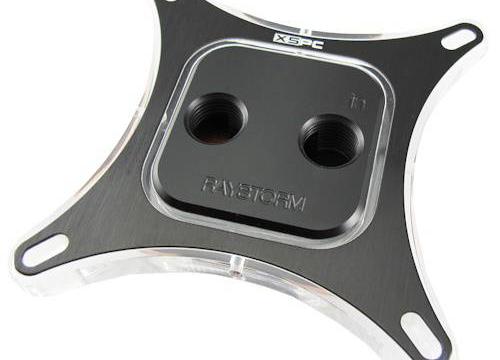Getting old isn’t all it’s cracked up to be. Age-related disorders, such as macular degeneration (AMD), afflicts vision in millions of people around the world. Fortunately, a new pea-sized ocular implant that can restore vision is giving sufferers renewed hope.
As you may recall from learning what happens when you stare at the sun, the macula acts as a focal point for incoming light and produces the majority of your central detail vision. For reasons still unexplained, this the part of the retina may stop functioning with age, resulting in AMD, which is one of the leading causes of legal blindness in people aged over 60.
“Macular degeneration damages the retina and causes a blind spot in a person’s central field of vision,” said Mark Mannis, professor and chair of ophthalmology and vision sciences and director of the Eye Center at UC Davis Health System, in a press release. “One new treatment is this implantable telescope, which bypasses the macula, redirecting incoming light onto a healthy section of the retina. The telescopic implant restores vision by projecting images onto an undamaged portion of the retina, which makes it possible for patients to again see people’s faces and the details of objects located directly in front of them.”
The implant was installed with extraordinary results this past May into the left eye of 89-year-old Virginia Bane, an artist from Pollock Pines, California. “I can see better than ever now,” she said in a press statement. “Colours are more vibrant, beautiful and natural, and I can read large print with my glasses. I haven’t been able to read for the past seven years. I look forward to being able to paint again.”
So far, just 50 late-stage AMD patients have received this prosthetic in the United States. To be eligible for this treatment, one must be at lest 75 years old and suffer from stable “dry-type” AMD. Wet-type AMD, whereby vessels in the back of the eye leak blood, cannot be treated with these telescopes. Among eligible patients, around 60 per cent of those treated regained at least three lines of readability on standard eye charts — that’s a 20/200 to 20/70 improvement.
“Virginia’s vision will keep getting better and better over time as she retrains her brain how to see,” said Richard Van Buskirk, an optometrist with the Society for the Blind in Sacramento. “She basically uses her left eye with the telescopic implant to see details, such as using a microwave keypad and reading a book. Her untreated right eye provides peripheral vision, which helps with mobility, such as walking or navigating within her home. Ultimately, her brain will automatically make the shift, using the capability of each eye as needed.”
[Live Science, UC Davis (1), UC Davis (2), UC Davis (3), Fox News, Sacramento Bee]
Image: UC Davis
